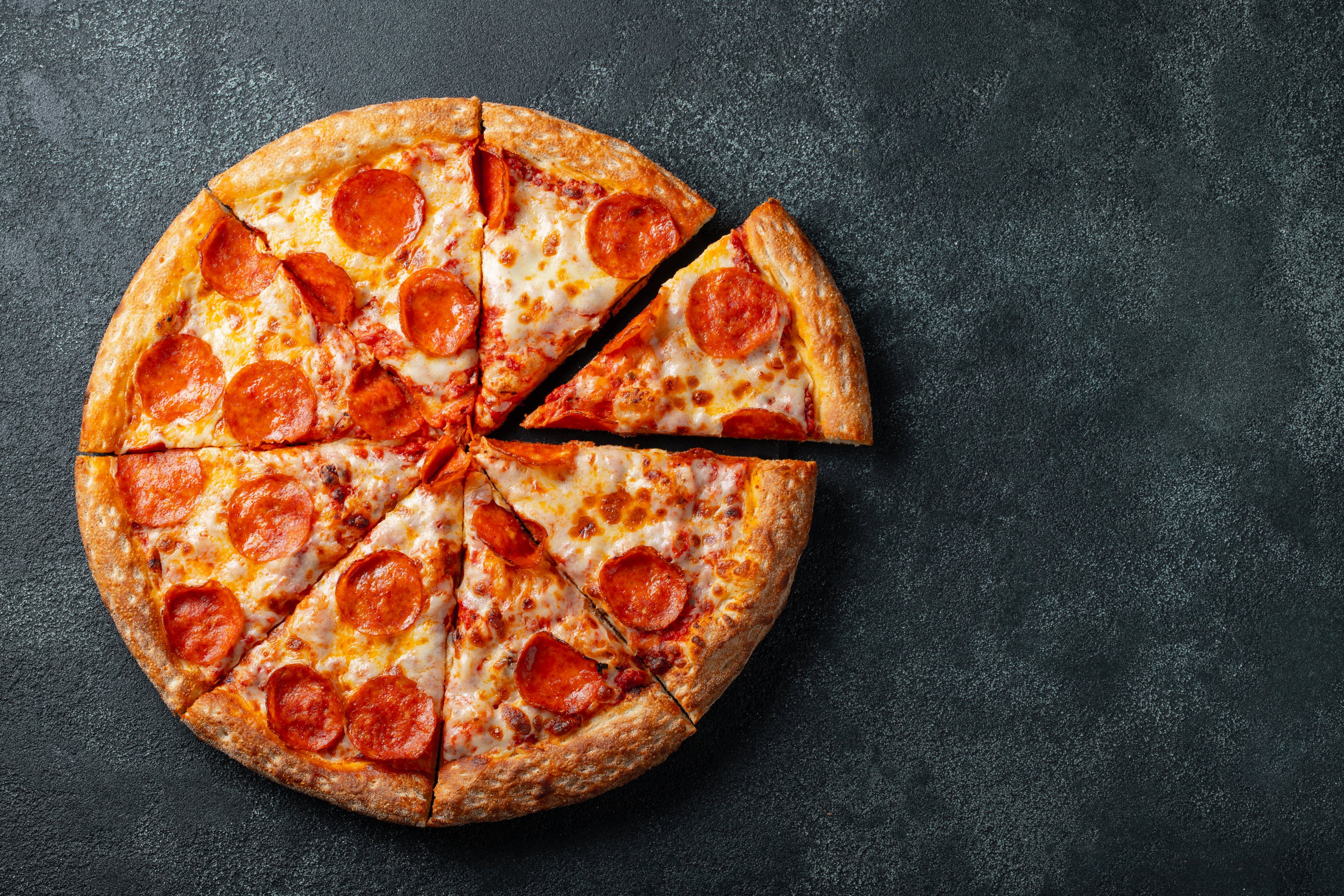Domino's (DPZ +0.06%) is a victim of its own success. The pizza delivery leader announced second-quarter earnings that included market-beating growth rates at home and continued gains in international markets. Yet investors chose to focus on the fact that the chain isn't growing nearly as quickly as it has in recent years.
Let's take a closer look.

Image source: Getty Images.
Slinging more pies
Sales at existing locations continued their impressive march higher. In fact, Domino's notched its 33rd consecutive quarter of growth in the core U.S. market and the 102nd straight quarter of gains internationally. Its expansion rate likely translated into market share gains at home given that Papa John's saw comps dive 7% in the most recent quarter while Yum Brands' Pizza Hut was flat.
However, the trend isn't encouraging given that Domino's growth rate slipped to 3% from 4% in the fiscal first quarter. That marked its fifth consecutive slowdown since it posted 8% higher comps in early 2018.
News wasn't much better in the international segment, where comps stayed stuck at around 2%. CEO Richard Allison and his team said in late April that that rate, which is below the pizza giant's big-picture goal of between 3% and 6% annual growth, was a disappointment. Unfortunately, menu tweaks that the company made over the last few months didn't materially improve on that sluggish result.
Building out the network
Domino's remained one of the fastest-growing restaurant chains on the planet by adding 200 locations to its global base. Gains were split among 42 stores in the mature U.S. market and 158 additions elsewhere.
The company is continuing its "fortressing" strategy. That involves opening up shops within the delivery zone of established locations, which executives predict will be a long-term positive for the business despite its short-term depressive effect on sales. The strategy hasn't protected overall sales rates so far, as overall revenue gains fell to 8.4% from 11% a year ago. Still, executives were happy with the broader result. "It was a good second quarter," Allison said in a press release, "particularly for global unit growth, as we continue to seek balanced retail sales growth through the blend of [comparable] store sales and store growth."
Looking ahead
Executives hinted at operational changes in the works aimed at ending its growth slowdown. "As a work-in-progress brand," Allison explained, "we are constantly striving to improve in needed areas." However, it's not clear how much control the company has over its core growth metrics in this competitive selling environment. Its expansion pace has been cut in half in the past year at home and has been below management's expectations for over a year in the international segment.
None of these struggles seriously threatens the business, which still boasts some of the best finances in the industry. Operating margin improved to $317 million, or 39% of sales in Q1 compared to $294 million, or 38% of sales, a year earlier. Pre-tax earnings were a healthy $106 million, or 13% of sales.
Given that strength, Domino's is likely to continue pushing ahead with its aggressive store expansion plans while working to speed up comps through new menu introductions and innovations around mobile ordering and delivery. That strategy is its best shot at continuing to pull diners away from the competition, even if the performance gap has been closing in recent quarters.






